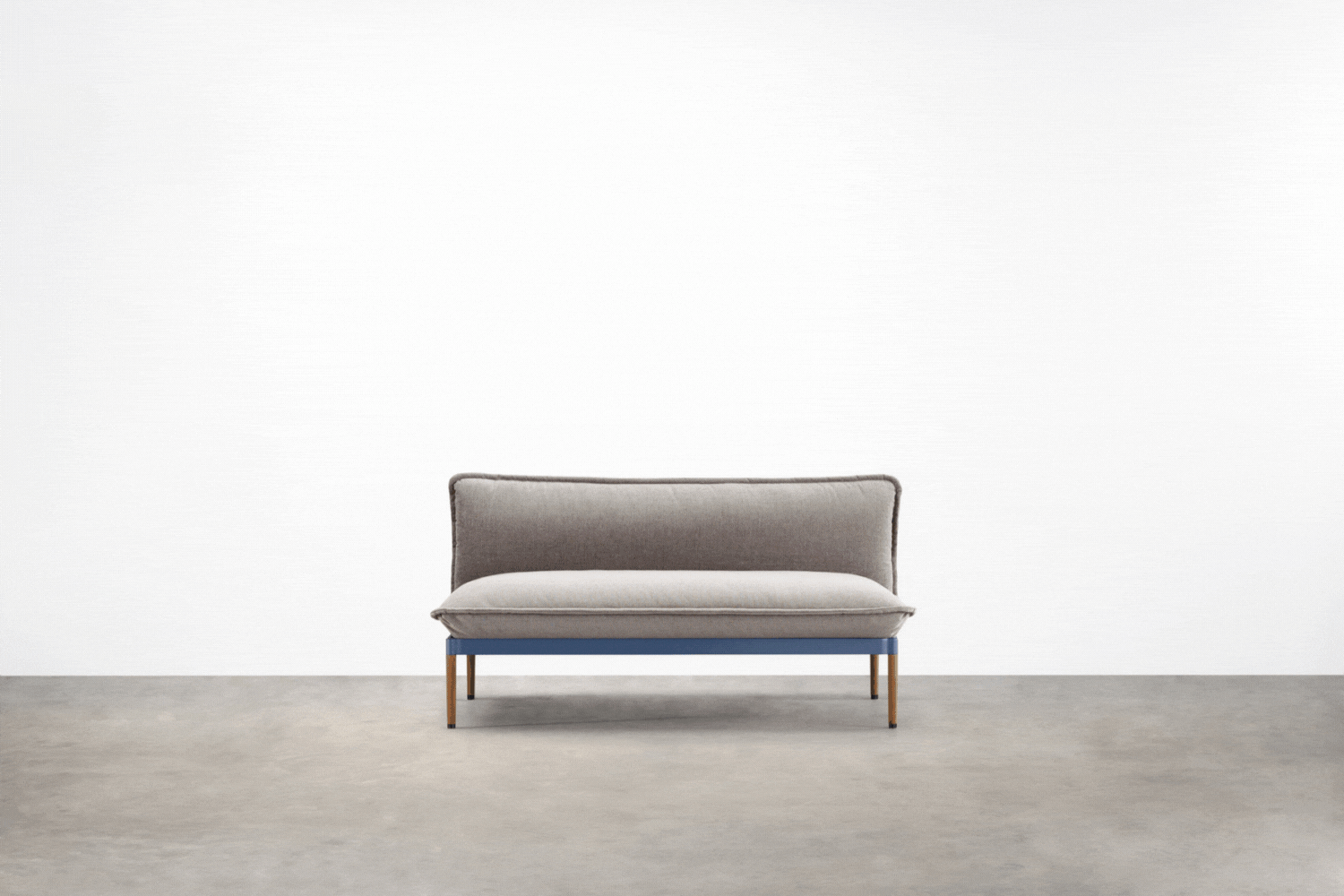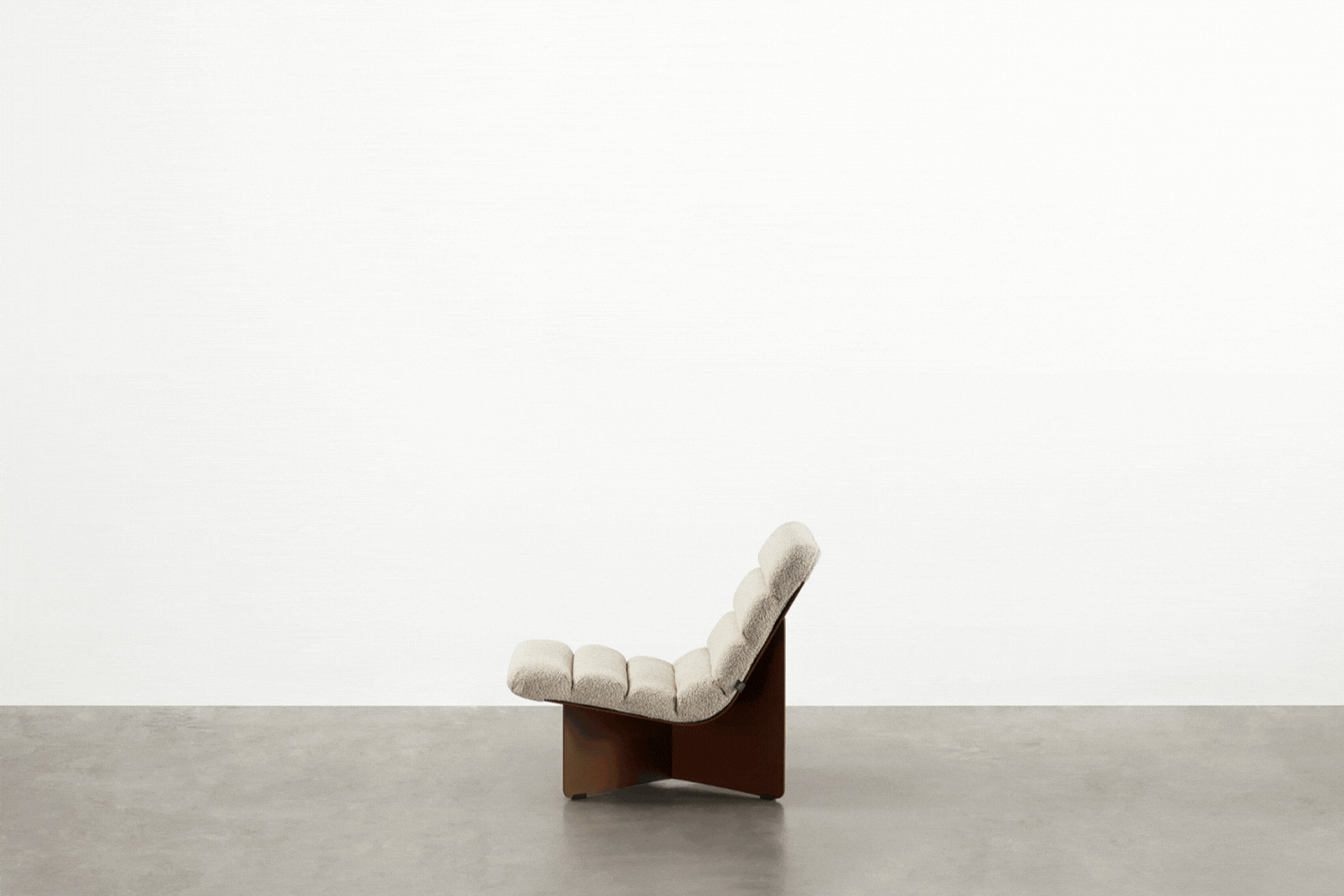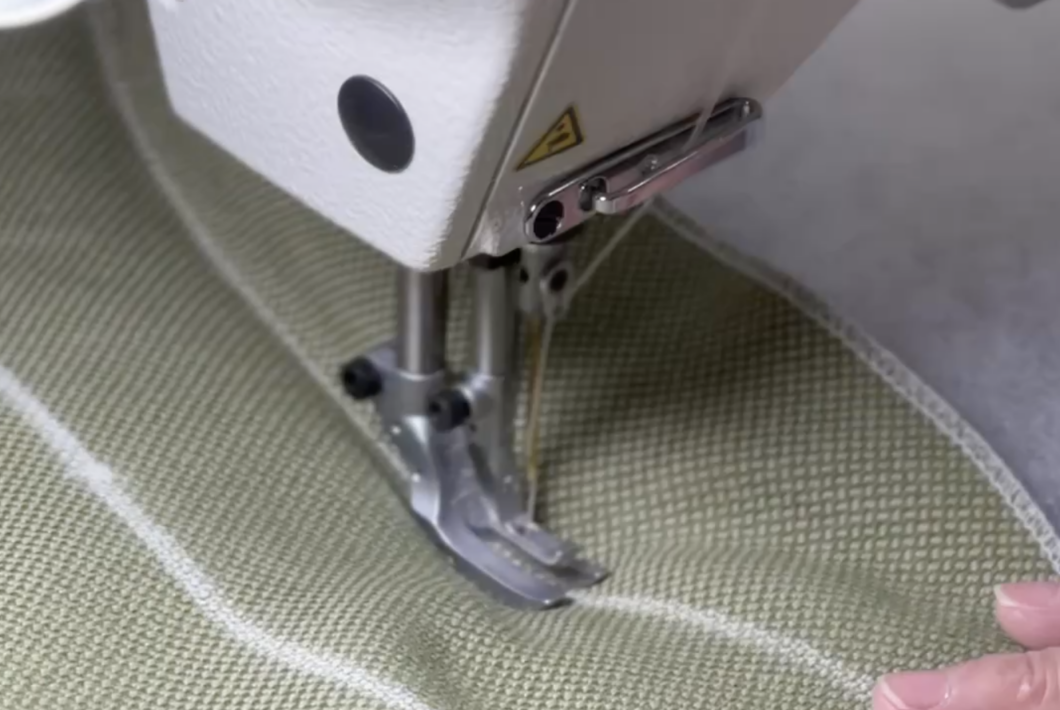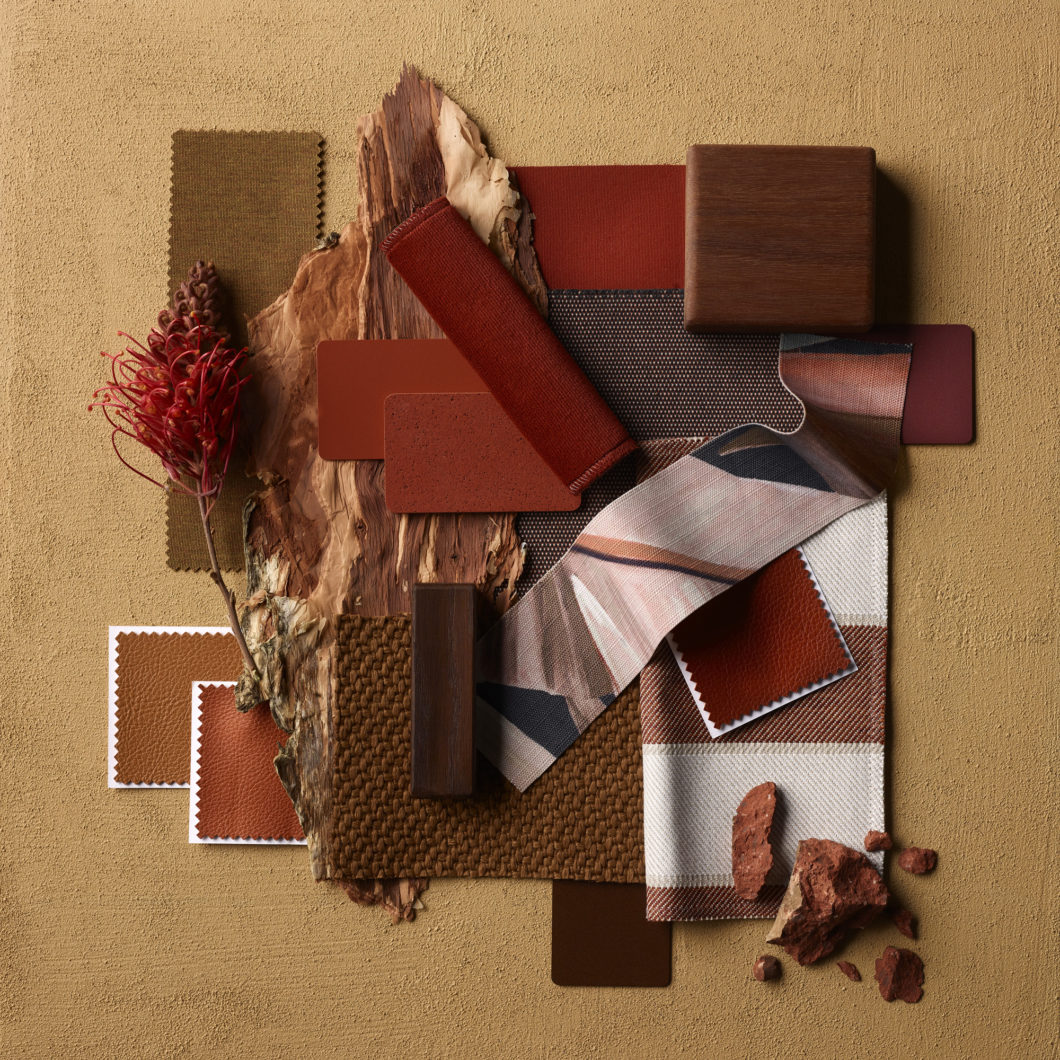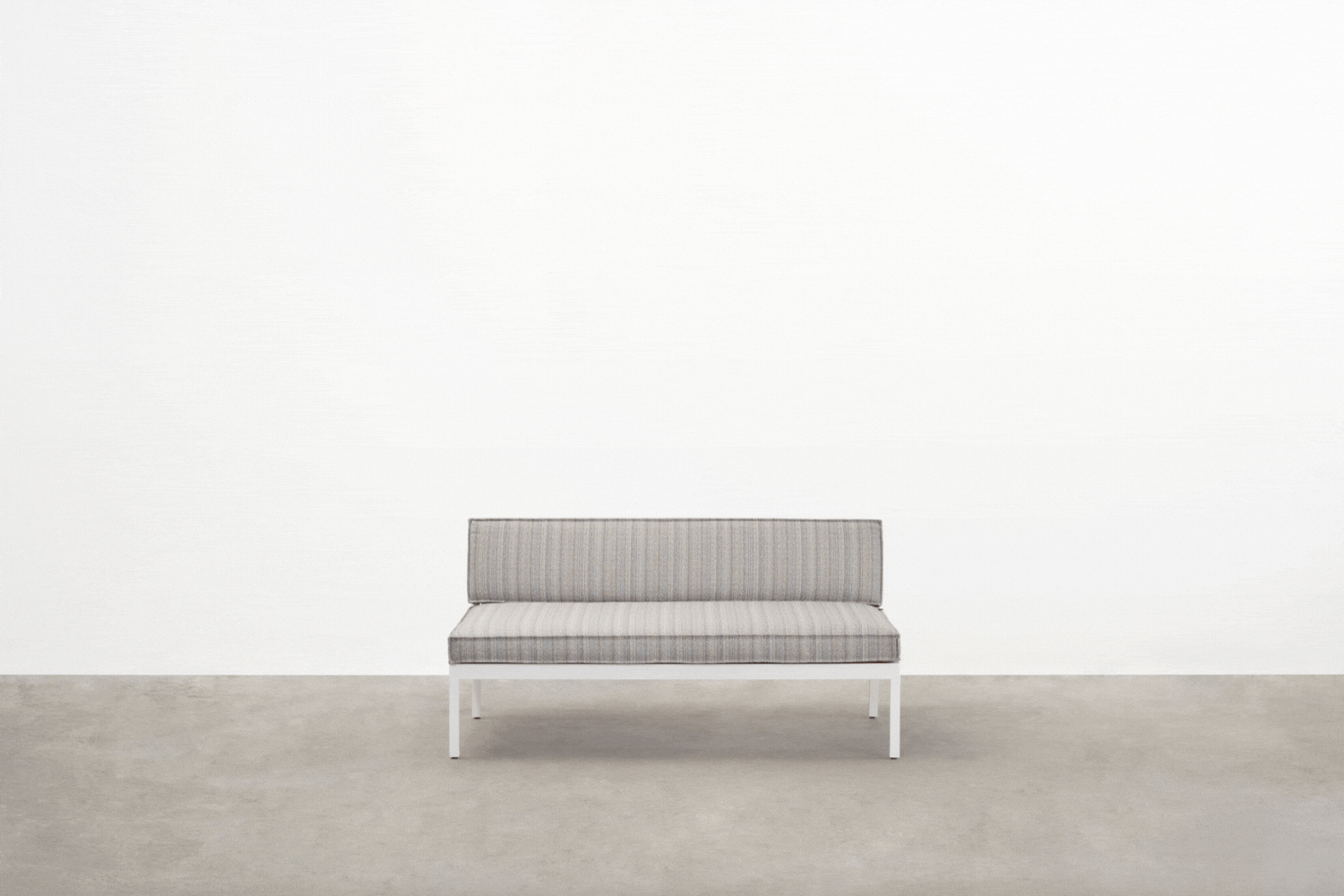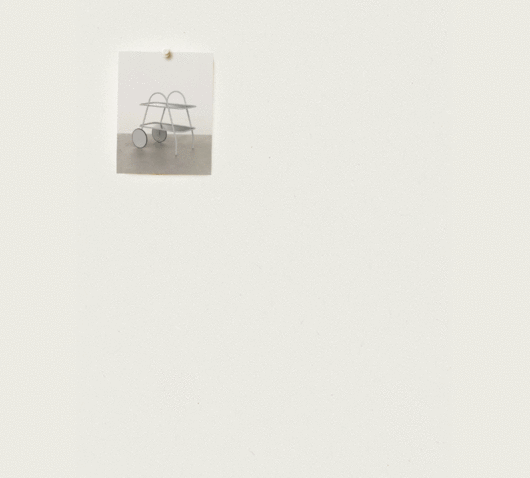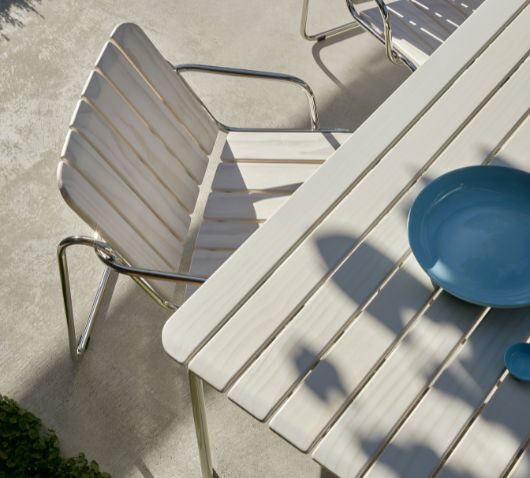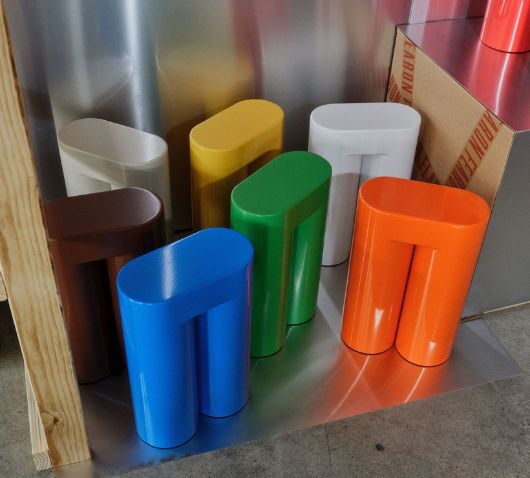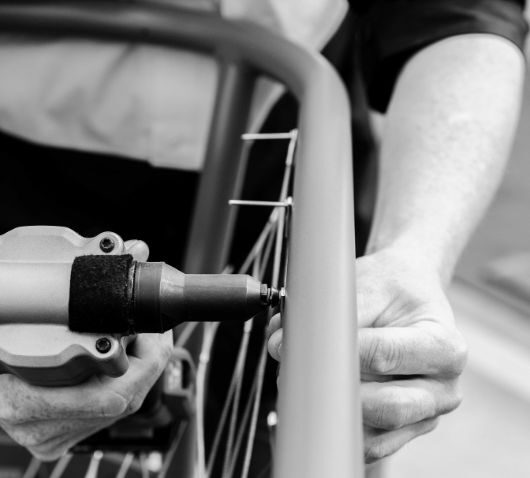Who does our upholstery, and how?
At Tait HQ in Thomastown, a separate room is dedicated to upholstery, to ensure it is clean and dry. The upholstery room includes 2 cutting benches and 4 sewing machines: a top stitcher, overlocker an 2 walking feet machines. Our main upholsterer is Carl Kirchhoff, who has been with us just over 2 years and is assisted by 3 others in the team. Carl brings prior experience as a high-end car upholsterer, so has expert eyes and hands that help bring our collections to life.
Upholstering furniture is a complex task that requires specific skills including pattern-making, foam-cutting, preparation of foam, cut and sew, fit and custom designs. ‘We use specific outdoor foams, which sometimes have to be carved and sculpted to create the desired cushion shape’, explains Susan. Layers of different density foam and Dacron (a synthetic fibre with high strength, durability, and resistance) are first built up. Then, the fabric is cut to a pattern and sewn together to create a cover, which slips over the foamed cushioning and zipped closed. Importantly, this makes the covers removable for cleaning.
It’s a very specialised skillset, as ‘The upholstery for products like Trace, and particularly Voom, are very difficult to make,’ Susan continues, who particularly loves Voom’s curvaceous, comfortable and clever detailing. ‘They need to be self-supported to hold the shape of the cushion without a frame. Indoor upholstery is often stapled or nailed to a timber frame, while our upholstery is on separate, removable cushions.’
Meet our welder



